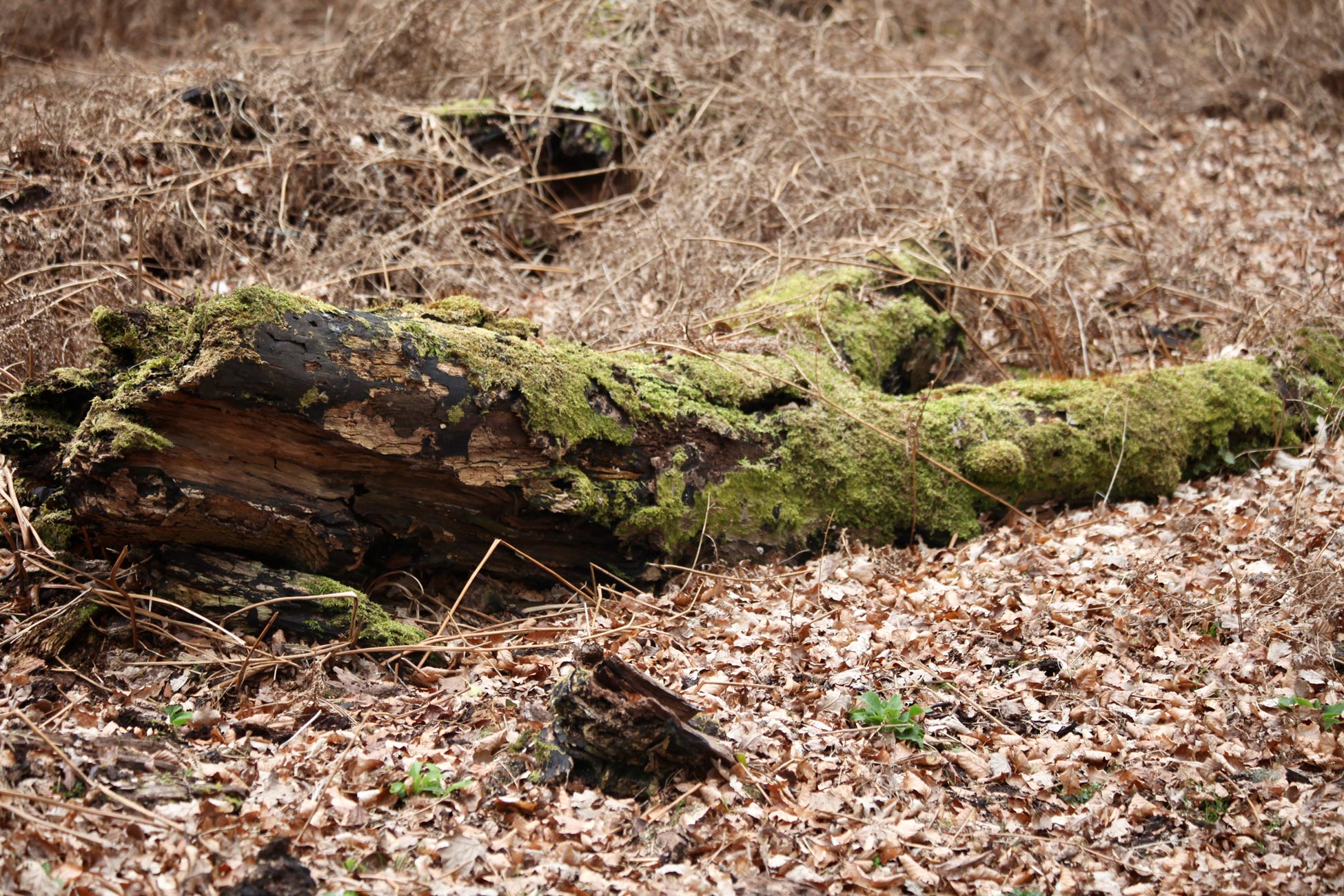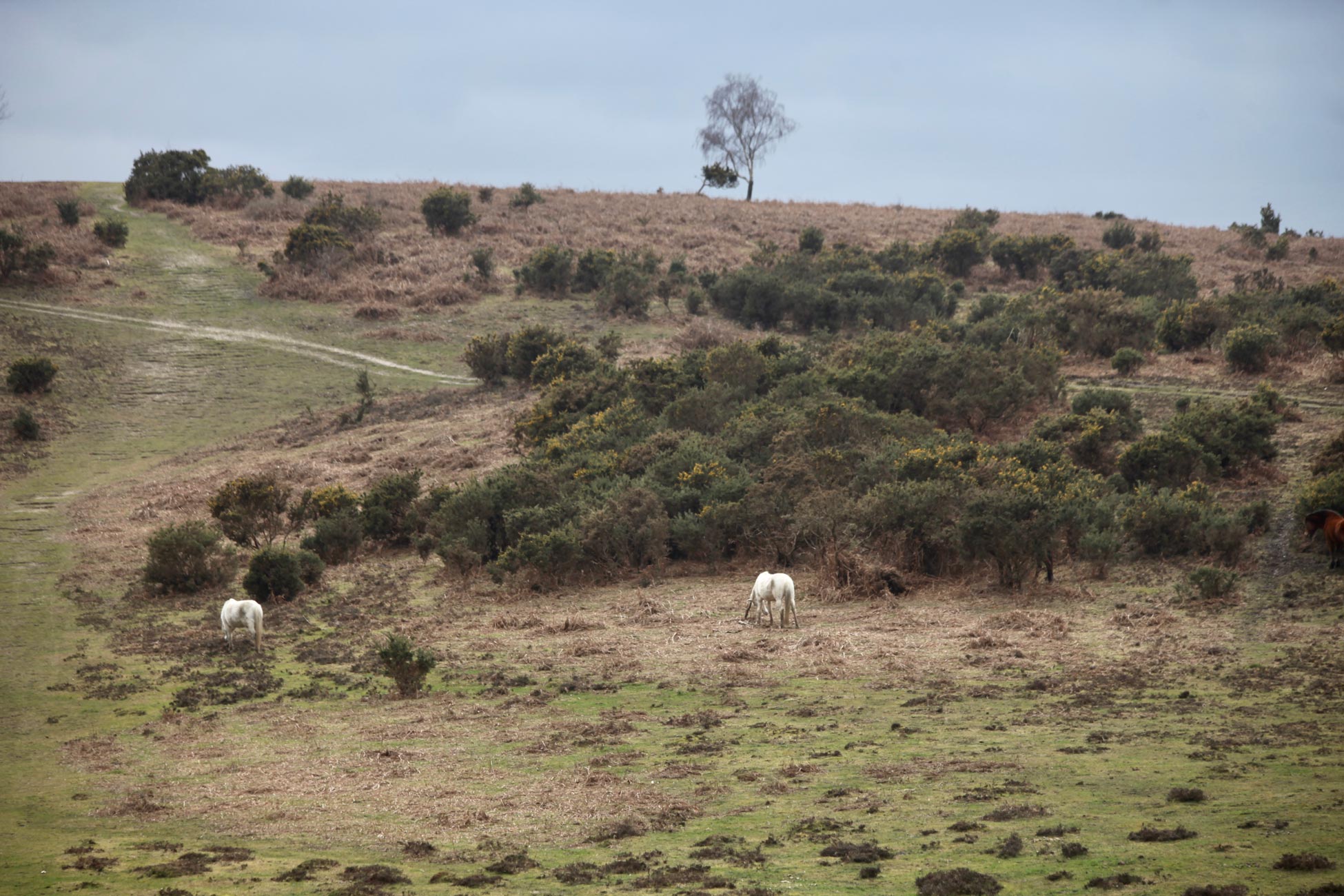This morning we visited Lidl for a big shop. The Caterer in Chief donned a mask, entered the supermarket, and returned with a trolley load of goods while I sat in the car and read until it was time for me to assist with loading the purchases into the boot. When we arrived home I unloaded the Modus. Jackie was meant to have a rest at this point, but she started unpacking the bags before preparing lunch which I helped her eat.
After lunch we took a forest drive.









As we entered the Rhinefield Ornamental Drive, piles of sawn body parts of a huge shallow-rooted oak tree that had succumbed to the recent storm prompted me to ask my Chauffeuse to park on the verge so I could create pictures. As we will see, the rich red tones of freshly sawn living wood will soon adopt more subdued hues. In fact I suspect that some of this material will be sold to craftspeople for the creation of furniture or ornaments such as the the mushrooms made for Jackie by Matthew Chalk of https://www.blackstone-chalk.co.uk













The rest may be left in situ to return in time to the soil from which it sprang. The woodland along the Drive is littered with trees in various stages of decomposition; the forest floor demonstrates how fallen timber is eventually overcome by moss as it sinks into the ground creating a bas-relief of its living form, blending with fallen leaves. The last image in this gallery clearly shows the process. Numerous insects are nurtured by the generated matter.





The droppings deposited by the ponies foraging nearby make their own plentiful contributions.





We encountered similar scenes on the road to Linwood. One of the ponies bore battle scars. I was somewhat surprised, when photographing the white-maned creature, to turn and find a bay right behind me breathing down my neck. Much to Jackie’s amusement, I backed off rapidly.


Although dry, the day had not been bright and was increasingly overcast by the time we reached Appleslade, where ponies,


a couple necking in the open, stood out on the hillside.
This evening we dined on a rack of ribs in barbecue sauce; Jackie’s savoury rice topped with a fluffy omelette; and fresh salad, with which I drank more of the Cabernet Sauvignon.
I can smell the freshly cut wood. And the woods. We’ll skip the ponies.
Ribs sound nice. Cabernet too. can you get Morgon in your neck of the woods? (A wine from the Beaujolais region)
🍷 🍷
Yes to the wine – I have found it just once. Thanks a lot, Brian
Santé.
It sounds as though Jackie had a very busy morning. It was very good of you to help her with lunch (!)
The fallen trees are indeed so very red. Astonishing. I can smell the sawn wood too – and the softer aroma of moss blanketed branches, softening over the years, and mulching leaves.
Beautiful pictures which so clearly illustrate the cycle of life. How well the natural world is designed.
That poor battle scared pony. I hope he has a friend to comfort him, like the pretty pair in the final pictures.
Thank you so much for these humorously and beautifully written comments, Emma
That was a huge, very old tree. I wonder just how old? I agree with the other commentators, I too love the smell of freshly cut wood. 😊🇬🇧
Certainly more than 100 years, I’d say, John. Thanks a lot
A poetic description of the fallen tees!
Thanks very much, Andrew
Beautifully illustrated by photos lesson in ecology.
Thanks very much, Dolly
e very welcome, Derrick.
Lovely photographs, and delightfully narrated! Like other commenters, I could smell the sawn wood and the forest. I fancied I could also hear the smile in your voice as your words accompanied and described the photos, too.
Thanks very much, boromax
You are welcome! And I go by Ed, btw.
I appreciate your use of the phrase, body parts, when referring to the of a huge shallow-rooted oak tree. I hate for trees to be destroyed, but the fragrance and patterns of freshly cut wood are interesting. I love how you’ve shown trees in all their stages of life and death, plus a beautiful blonde pony and the necking ones! I’m going to go out back and take pictures of a decaying tree.
a day of nature and natural happenings – besides helping Jackie eat the food haul for lunch. Sad that the tree fell or for any tree to fall, as if their time was up, but good also that the wood will either be mulch or become an object via a makers hand.
Much appreciated, Catherine
You and Jackie make a good team. It’s good you’re around to eat the lunch she makes.
So many beautiful photos. I saw an optical illusion with the first woodland scene–I thought the slender trees were streams of something falling from the sky.
I like those literally necking ponies.
🙂 I like your funny intro to these comments; the optical illusion is good, as is your appreciation of the necking. Thanks very much, Merril
You’re welcome. 😀
I had that same optical illusion with the slender trees! It’s my favorite photo out of today’s group because of it.
That is so interesting that you saw it that way, too, Liz!
It was very striking!
There is a beauty to those trees.
There is, indeed, Leslie. Thanks very much
I think I’m too young to see those last two photos!!! 😮 HA! I’m just teasing! 😛
I ALWAYS love your tree photos! Such beautiful sylvan photos today and wonderful facts! Interesting to learn about trees, their stages of life, and how even those considered “done” are home for insects and small animals, can be made into useful things, renew the soil, etc. 🙂
It was so nice of you to be a helper and eat the wonderful lunch Jackie prepared! A great chef loves to feed others! 🙂
(((HUGS))) 🙂
Thanks very much, Carolyn. It is so pleasing that Jackie enjoys feeding us.
Adored all of your forest photos today Derrick, and trees seem to be the subject of my writings lately… Oh, ‘The mushroom’ link didn’t work for me..
Thanks very much, Ivor. Maybe this time: https://wordpress.com/post/derrickjknight.com/86580
No … the link is taking me to WP set up site…
Thanks for trying. Must be a consequence of new system
I love woodland.
We used to take field trips from school to Otley Chevin Forest. The forest rangers gave talks to the children and in groups gave them practical tasks to carry out.
Listening to the rangers tell us about the forest and it’s inhabitants was an eye opener to many, and hearing about the forest food chain was interesting to all of us. We spent whole days there, and although the Chevin is just up the lane from me and I’ve visited many times, those talks from the rangers made me look at the forest in a whole new light.
When we lived in Newark we sometimes visited Sherwood Forest, but I have learned so much more here. Thanks very much, Sue
Romance in the field! Our shopping routine is the opposite of yours. Clif goes to the grocery store, and I help when he gets home. But the results are the same: Food in the cupboards.
🙂 When Jackie was still working I did the shopping and the cooking – but she is so much better and I think I’ll keep it that way. Thanks a lot, Laurie
My Derek is salivating over your dinner. 🙂 I’m glad you helped Jackie eat her lunch! Usually a “big shop” means a big bill. Great photos!
More than £200 – that is a big one 🙂 Thanks a lot, Jill
It has become the thing to leave fallen trees on the forest floor now. Cleaning up and making the place look neat is frowned upon.
🙂 Thanks for that, Tootlepedal
The various stages in the life of a tree, energy borrowed, and later returned as life sustains itself from other life. The pictures tell an ancient story still unfolding.
I always love those ponies. 🙂
Thank you so much for your appreciation, Lavinia.
The first set of logs had interesting centers.
Yes. I didn’t try to count the rings, Mrs W. 🙂 Thanks very much
Your welcome.
Nature sure is lovely. Great photos Derrick
I’m pleased you like them, More. Thanks very much
☺
The soil in the areas where the trees are allowed to decay, and the ponies are allowed to poop must be fertile.
In Queensland, after cyclones, some of the fallen trees are recovered by craftmen also, to be turned into objects of beauty and utility.
Thank you for your much appreciated response, Yvonne.
Sometimes I wonder how sentient the trees are. They occupy a liminal zone between the inanimate and the living. Perhaps that is a matter that keeps the ponies brooding?
It certainly is a wonder, Uma. Thanks very much
You took the words right out of my mouth, Uma! 🙂
I love to see the moss on fallen wood. I wonder how many years it takes to reach the stage of decomposition your photos showed.
We’ve been in the New Forest for 10 years now. Not many fallen trees have entire disappeared. Thanks very much, Helen
I agree with so many of the comments about the sensual nature of your descriptions, The subject of sawn-down trees, their possible future and so on is a fascinating one. My eldest son used to comb local farms for fallen oaks, eucalyptus, and other large trees and would,in time, take his chain saw out to cut sections to turn into boxes, bowls, cutting boards and other things. He has since moved to Norway and the local Woodcutters Guild were delighted to cart away the last of his ‘treasures’ the other day to turn into things of beauty and utility. Left to decay in the forests, trees become host to a variety of fungi, insects and other small creatures. Nothing really goes to waste in nature.
I am pleased, but not surprised, at your appreciation of all this, Anne. Thanks very much
Amply demonstrating the wonders of nature
Thanks very much, Sheree
The ponies were making their own contributions to the cycle of Nature, but I was sorry to see battle scars on the one.
Yes. They can get quite aggressive. Thanks very much, GP
Beautiful images to return to Derrick.. The woodland ever changing and nothing much ever goes to waste… The ponies too such a delight to see as they roam freely…
Lidl, lol… Hubby went this morning and brought four of their home made donuts back as a special treat…
Its a treat to be back here with WP again..
Sending LOVE and well wishes to you both… Keep enjoying Mother Nature… as least so far she is free.. 🙂
Hugs to you both <3
Thanks very much, Sue. Welcome back X
Thank YOU dear Derrick.. 😉
Some lovely shots.
Thanks very much, Rupali
I, too, appreciate the necking ponies. It was very obliging of a white and a brown one to pose for contrast. I also like “Ponies in Landscape” because it has that color palette I love so much.
Beautiful photography and a lovely story Derrick!
Thank you very much, Agnes
A walk into the nature is sometimes everything we need! Just beautiful!
Thank you very much, Ribana. We are lucky to have it all around us – especially at this time.